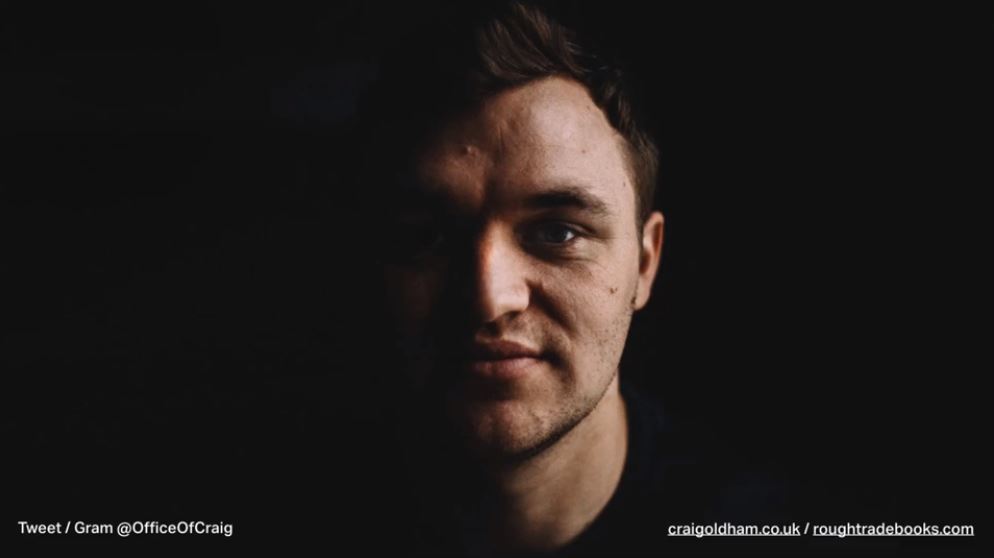
This week’s lecture was created by Craig Oldham in which he discussed his work alongside case studies.
Craig sees graphic design as a service and not a medium for self-expression. When you are your own ‘client’ and creating for yourself, does it then become art?
Is it better to talk about Graphic Design in terms of communication? We are middle men (and women) who are the go between of client and audience:
Client – Designer – Audience
In this week’s lecture Craig Oldham tells us that Graphic Design is not interesting. By that he means that the ‘tool’ of graphic design is not interesting. However, w
at is, is the content and how it can dictate the outcome.
If you have something to say and have the skills to improve that messaging through design, then you are onto a winner.
Even if the service of graphic deisgn, for example, is your love, the best way to show that is through authorship – be that a book, poster or blog.
Authorship allows for your voice to be heard. We all have something we want to say, so just say it!
“…it might be as simple as writing a book or creating their own postercampaign for something,or curating their own monograph or an exhibition of their own work.These are all,for me,iterations of self-initiated,all creative authorship.”
Craig Oldham
So what is Craig’s voice?
Craig’s personal interests revolve around the world of film. In particular, films where texts – books, posters etc – play a pivotable part in the film.
The example he chose to show us was that of the 1988 film ‘They Live’ in which a pair of sunglasses give the user true sight. The main character can now see the hidden meanings behind consumerism and the aliens hiding in plain sight.
The commentary of the political landscape at the time would continue to inspire peole for years to come.
One of the most notable connections is that of Shepard Fairey’s Andrey the Giant poster where the word ‘Obey’ was taken directly from the film. It’s styling was also used successfully by the same artist in Barak Obama’s 2008 presidential campaign.
What Oldham’s book does is create authorship through authorship. He looks at what someone else has created and then shows how others have used it in authoring their own works.
As Craig muses, nothing is truly original and that’s ok. We are here to curate and pull ideas together in a coherent and aesthetically pleasing way.
“…all work is derivative and I think it’s better because of it,because I think people can connect to that when they have,even on the smallest scale,an idea of a resemblance of something else.”
Craig
Oldham

The film also provided a social commentary on what it was to be a woman in the industry.
The below two images also took influence from the film:
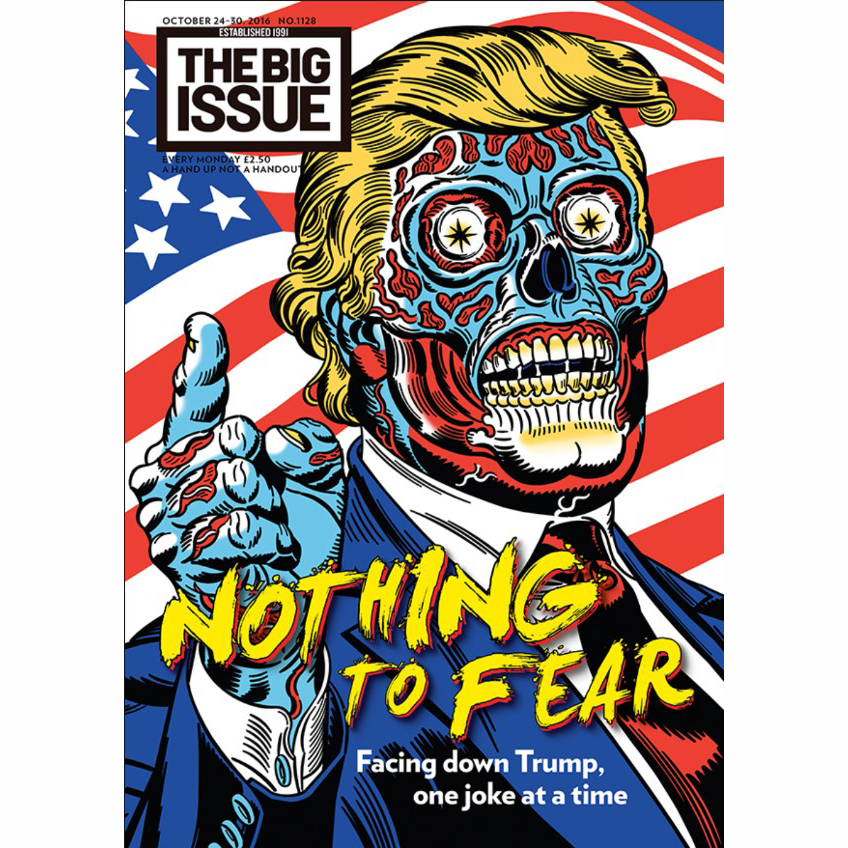
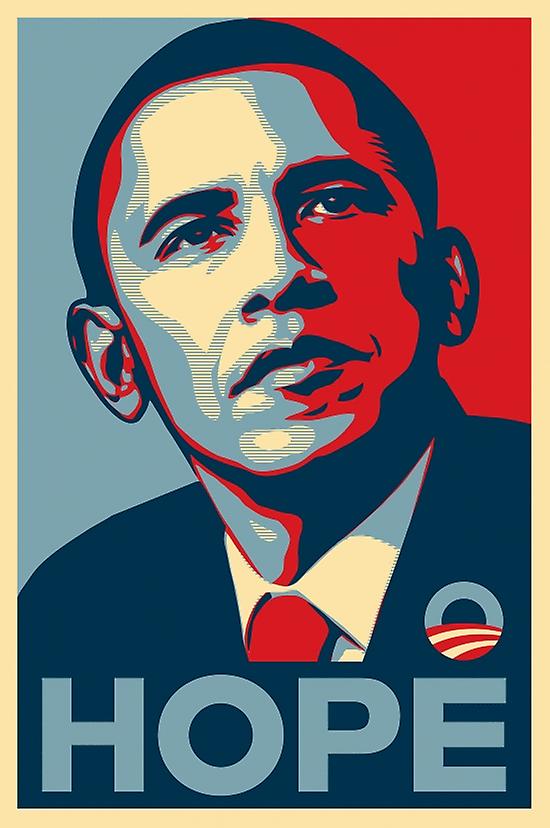

Workshop Challenge
- Find two examples of designers who demonstrate authorial / making expertise in the delivery of a component of their practice. Is it their sole output, are they passion projects or are they opportunities where they saw a gap in the market?
- Upload onto the Ideas Wall and discuss.
- Think about a series of outputs you could make as an author.
- Generate 10 ideas for discussion, upload to the Ideas Wall and elaborate further on the blog. Please note, this is the first step of you considering one idea that will be researched and potentially launched as an authorised artefact through the last part of this module.
Darren Wall
Darren Wall started his publishing company off the back of an idea:
“To create stunning books for gamers.”
His first book, Sensible Software, chartered the history, success and failure of the games company in a beautifully designed and candid manner.
Recieveing more than £30k of backing on Kickstarter the business was born. This led onto a number of additional publications including, ‘Sega Megadrive – The Collected Works.’
Darren is actually a trained Graphic Designer who worked on album sleeves and book covers. When he decided to ‘find his voice’ he realised that he was a writer who did graphic design.
He describes himself as a ‘Sega kid’ who felt the current offering for image rich and creative bibliographies was lacking.
When the opportunity arose to pitch to Sega to create a documentary themed book, he jumped at the opportunity and won the pitch.
“As the first product from ROM, Sensible Software 1986–1999 will embody its mission: to make books that are exhaustively researched, elegantly – but not pretentiously – designed and written with a passion and wit reminiscent of the great game magazines of the ’80s and ’90s.“
Darren Wall
Anthony Burrill
Anthony Burill describes himself as being from the analogue era. Born in the 1960s he journey through design meant he encountered techniques which may seem dated now – letterpress, photocopying and stenciling.
Computers were only used by Nasa when he graduated which meant he utillised tactile approaches in his work.
Never having had a ‘job’, Burrill has always been a creative entreprenuer. He defines himself as not being ‘normal’ or ‘ordinary’.
His most famous piece of work, “work hard and be nice to people”, was created from overhearing an elderly woman at a checkout in Clapham and with the services of a letter pree in Rye. It has now gone on to sell millions of copies.
Burrill’s advice is to Gather ideas and come up with your own solutions for things – to find your voice.
Ideas Wall
10 Authorial Ideas
Comments from Peers
References
Creative Mornings, Anthony Burrill(2017) Make it Now [online]. Available at: Anthony Burrill: Make It Now (Links to an external site.).[Accessed 11 June 2019]
Darren Wall. n.d. Sensible Software 1986–1999 — Darren Wall. [online] Available at: <https://darrenwall.co/sensible-software-1986-1999> [Accessed 19 August 2021].
Kickstarter. 2021. Sensible Software 1986–1999. [online] Available at: <https://www.kickstarter.com/projects/darrenwall/sensible-software-19861999-by-read-only-memory/description> [Accessed 19 August 2021].
Rough Trade. 2019. Craig Oldham – They Live: A Visual and Cultural Awakening. [online] Available at: <https://www.roughtrade.com/gb/craig-oldham/they-live-a-visual-and-cultural-awakening> [Accessed 19 August 2021].








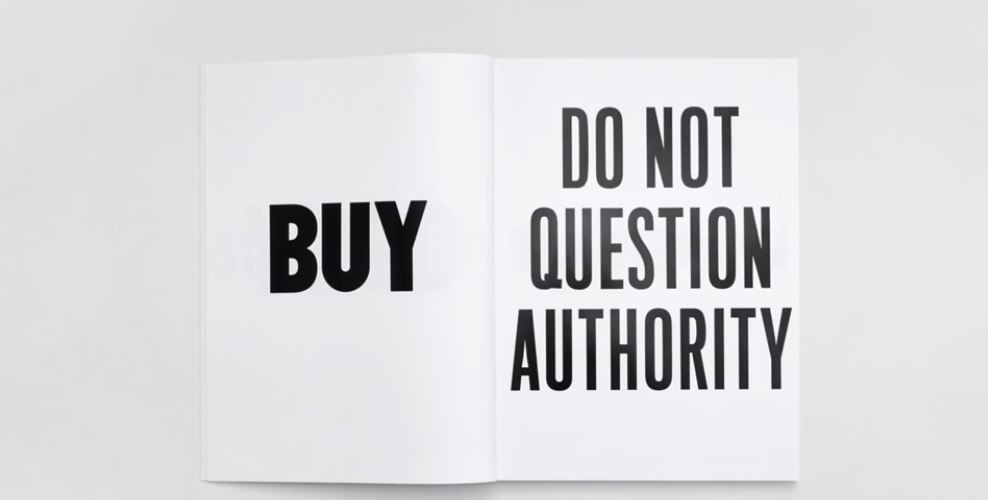

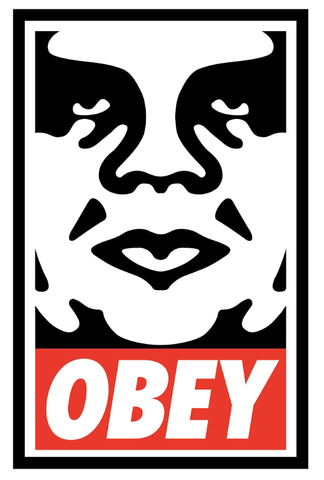

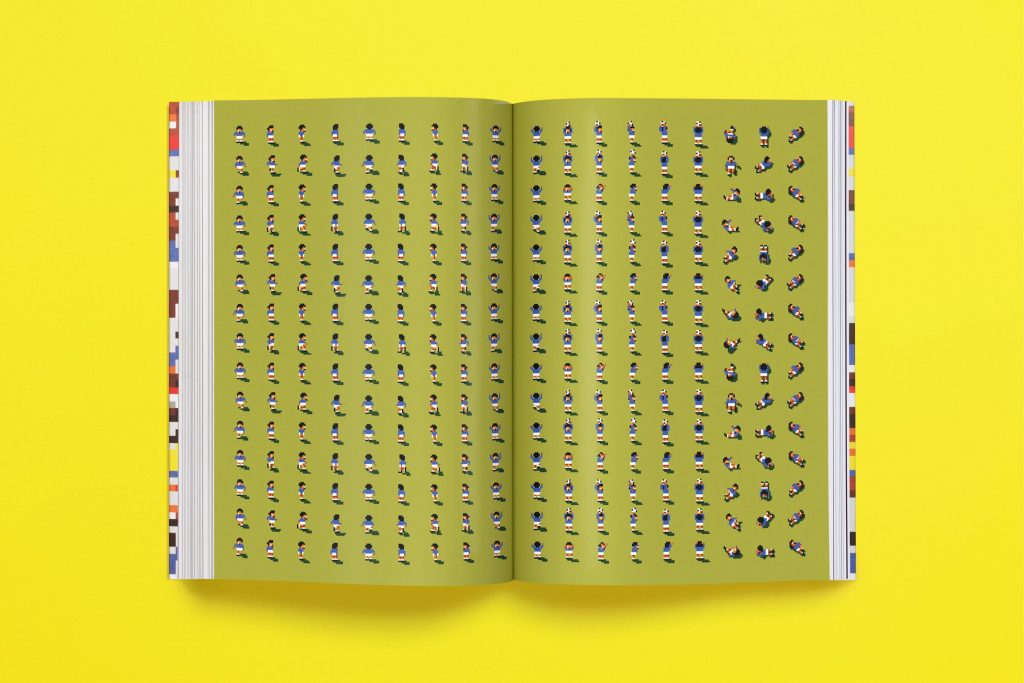

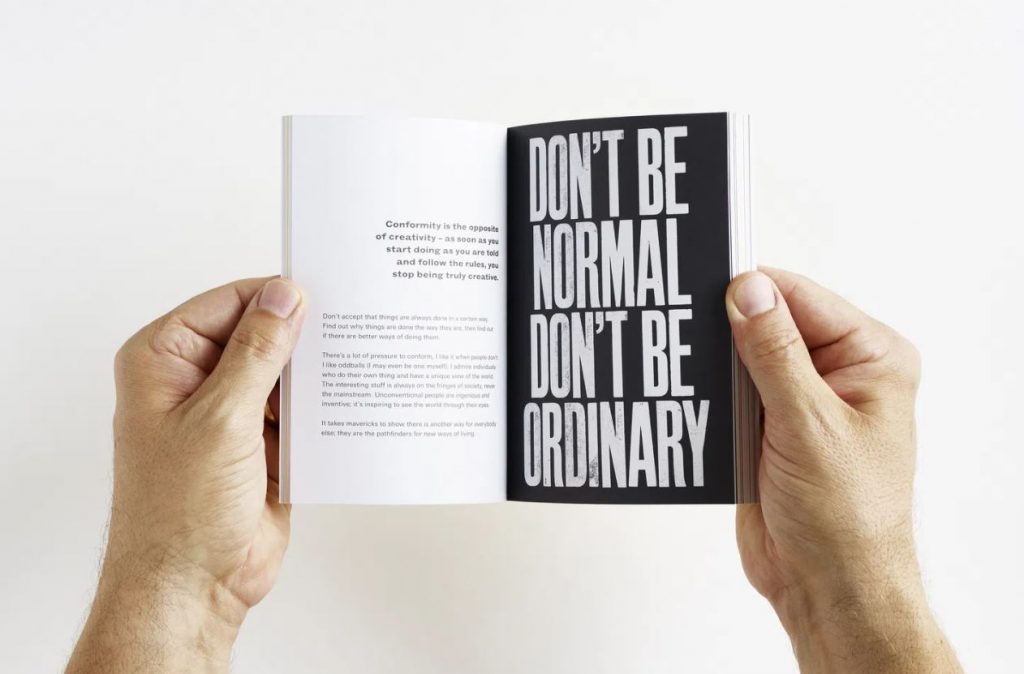






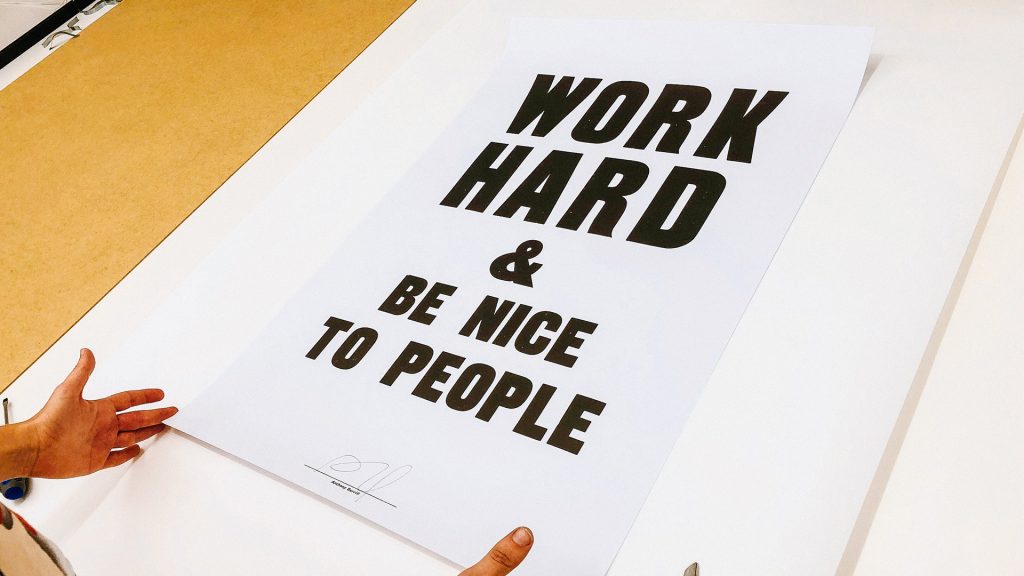
Leave a Reply